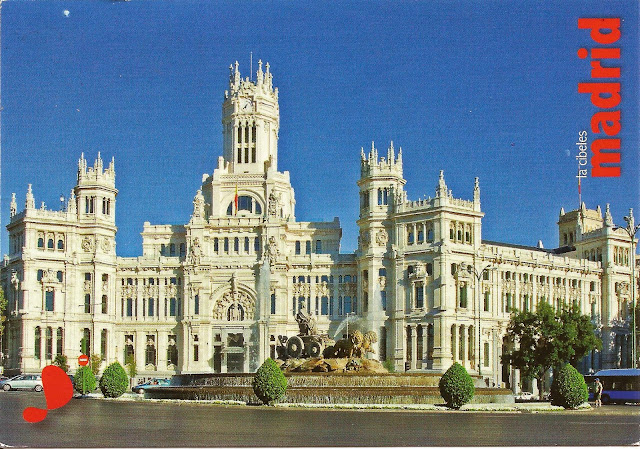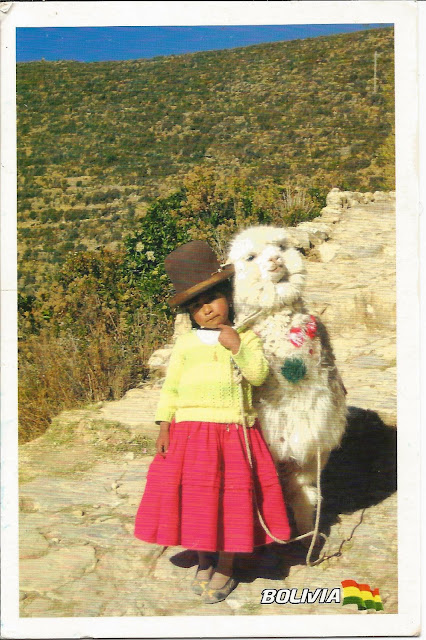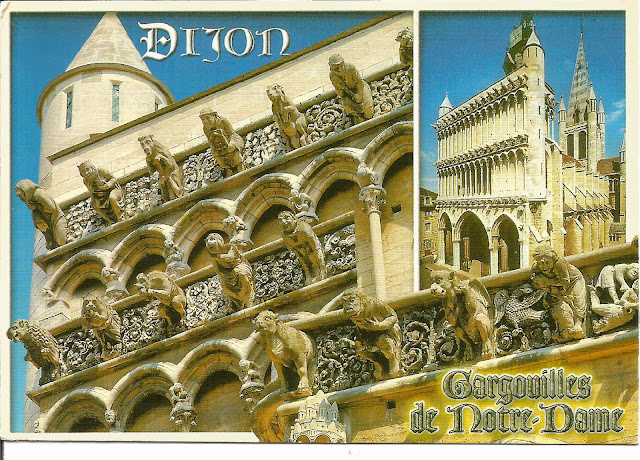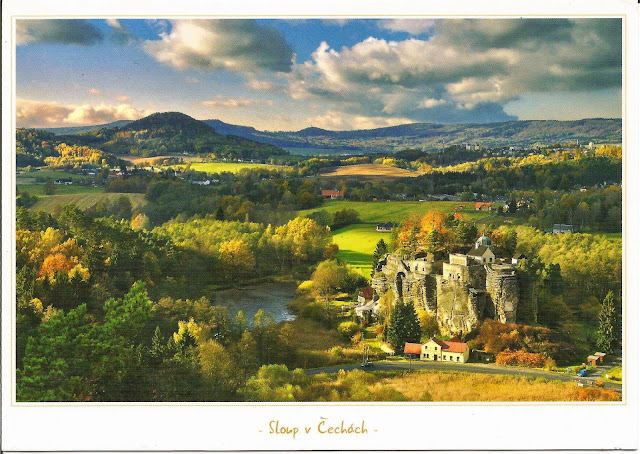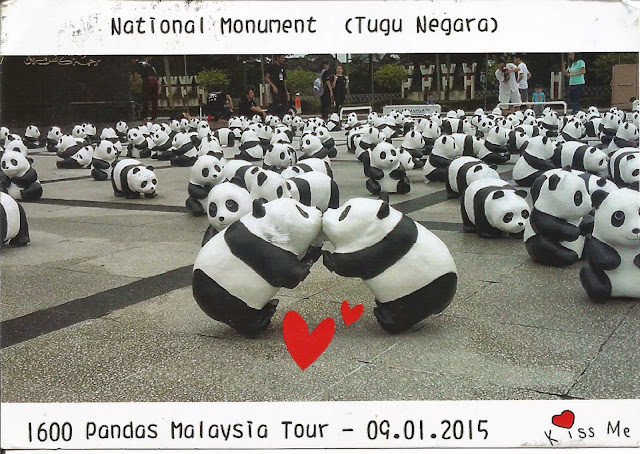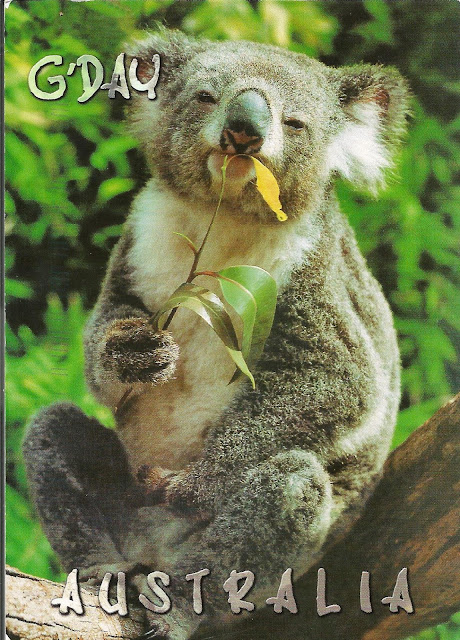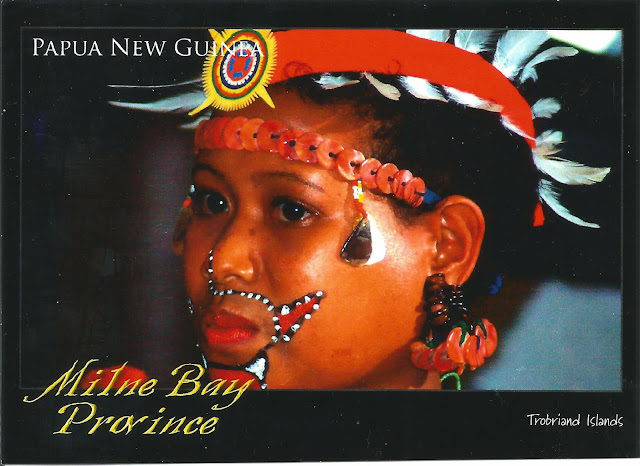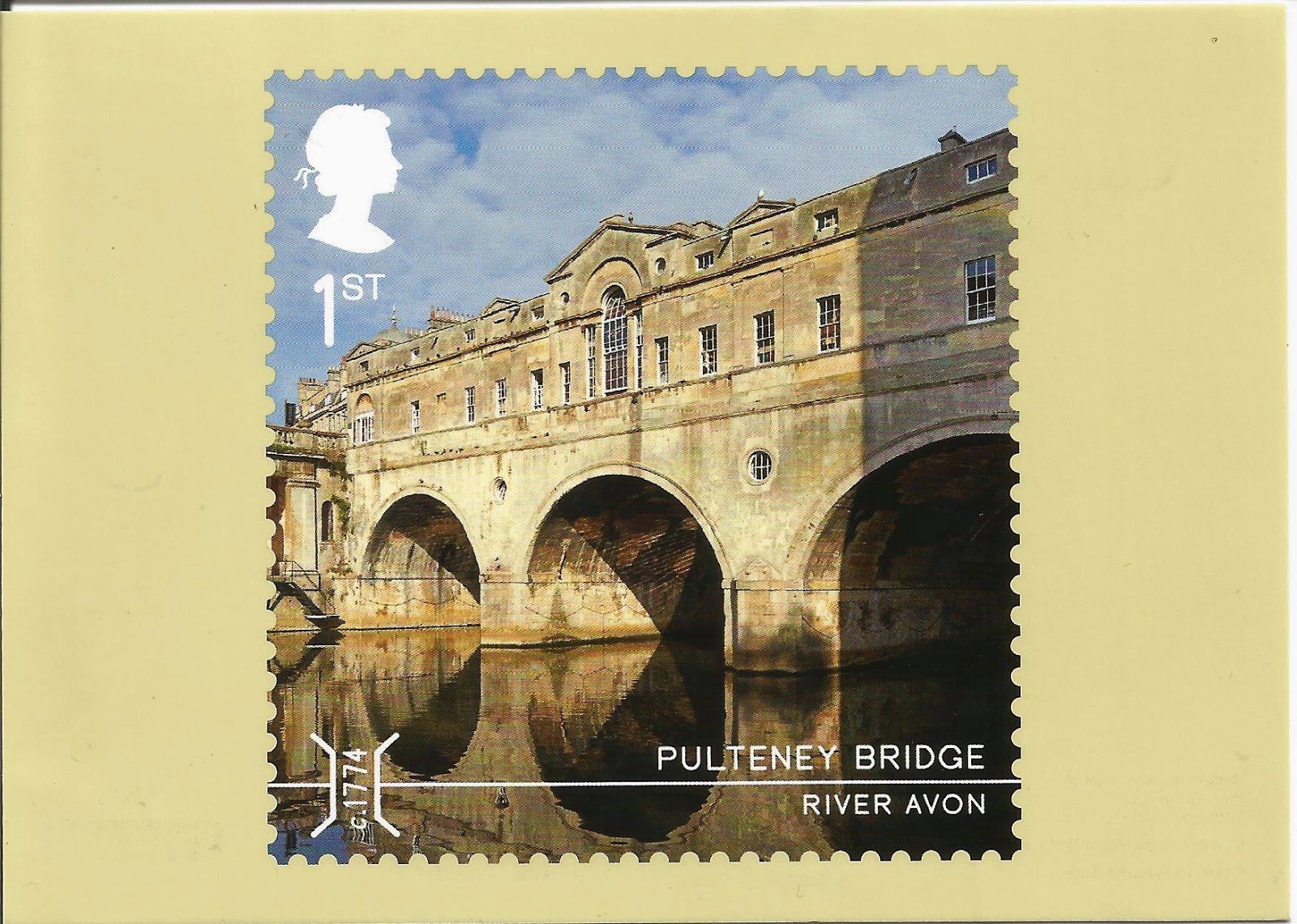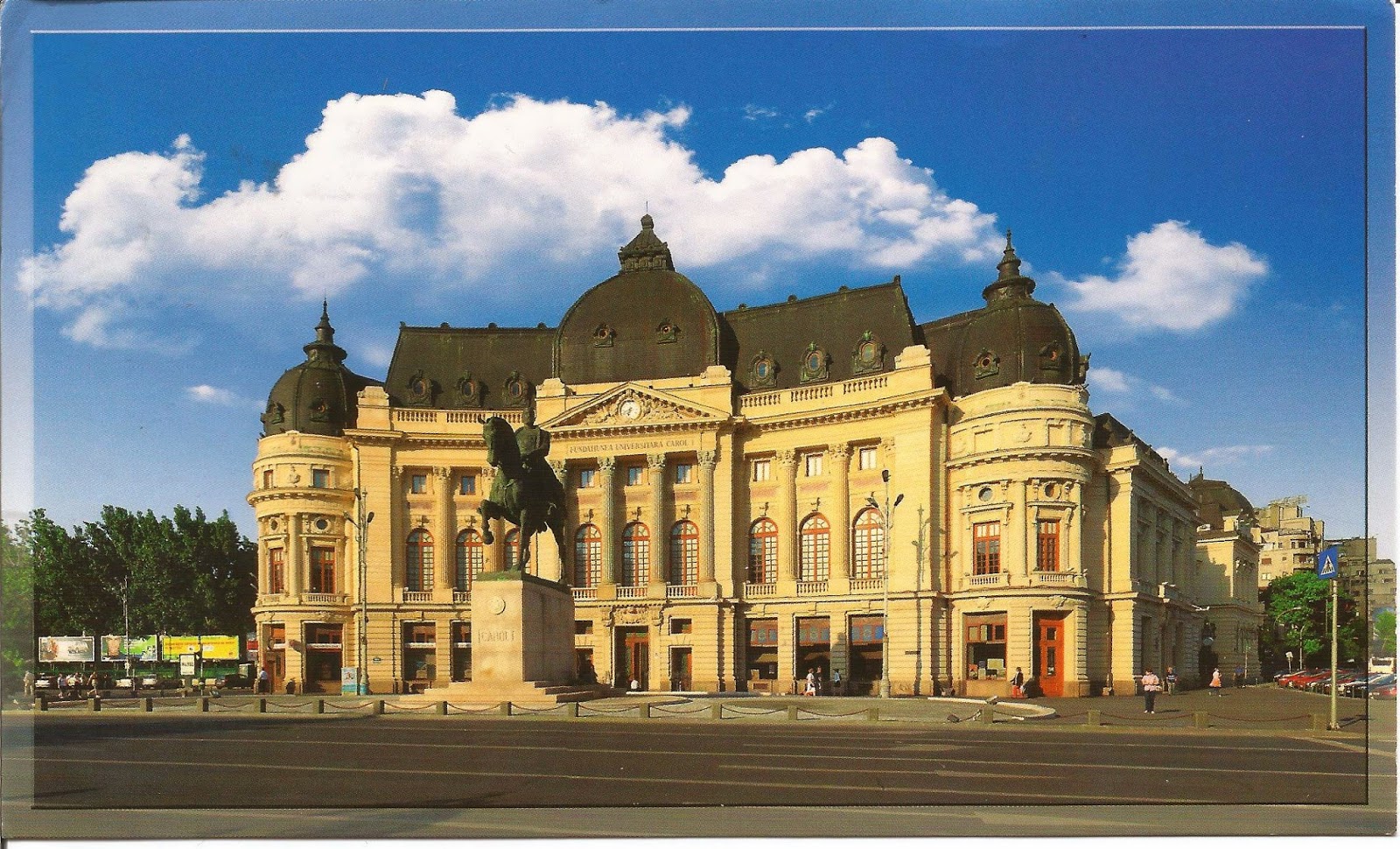St. Mark's Square, Venice

Piazza San Marco was constructed in the ninth century as a small square dotted with trees. As the largest square in the city now and the only one given the designation of "piazza", St. Mark's Square has always been the location of important government buildings and other facilities central to the goings on in Venice. Besides being filled with people and great specimens of architecture, Piazza San Marco is also full of pigeons. Pigeons have long been a problem in the square but only recently did the city pass a law that banned the feeding of these birds.


